Introduction to Blockchain Technology
Blockchain is a decentralized and distributed digital ledger that records transactions across a network of computers in a manner that ensures both transparency and security. Each transaction is encrypted, time-stamped, and grouped into blocks, which are then linked together using cryptographic hashes, forming an immutable chain of records. Originally developed to support digital currencies such as Bitcoin, blockchain has evolved into a foundational technology with broad applications. Today, it is transforming industries by enhancing data integrity and enabling secure, trustless interactions across finance, supply chains, healthcare, and digital identity systems.
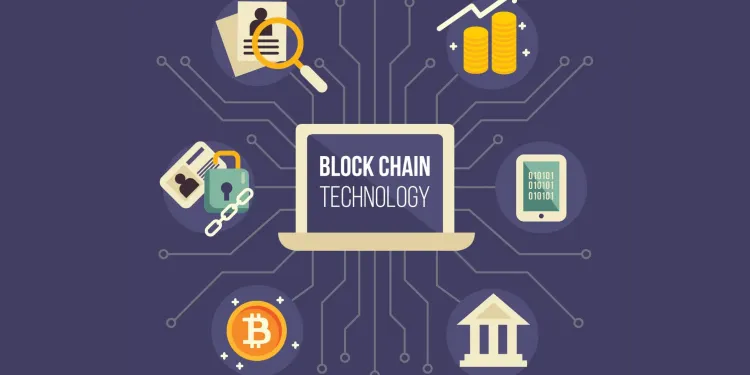
How Blockchain Works: The Structure Behind the System
At its core, a blockchain is a continuously growing ledger composed of sequential blocks, each containing a set of validated transactions. Every block includes three essential components: the transaction data, a timestamp indicating when the block was created, and a cryptographic hash that links it to the previous block. This hash ensures that any alteration in a block would break the connection, alerting the network to potential tampering. Through this structure, blockchain achieves immutability once data is recorded, it cannot be altered without consensus from the network. Operating across a decentralized, peer-to-peer infrastructure, the system ensures transparency and security without requiring centralized oversight or intermediaries.
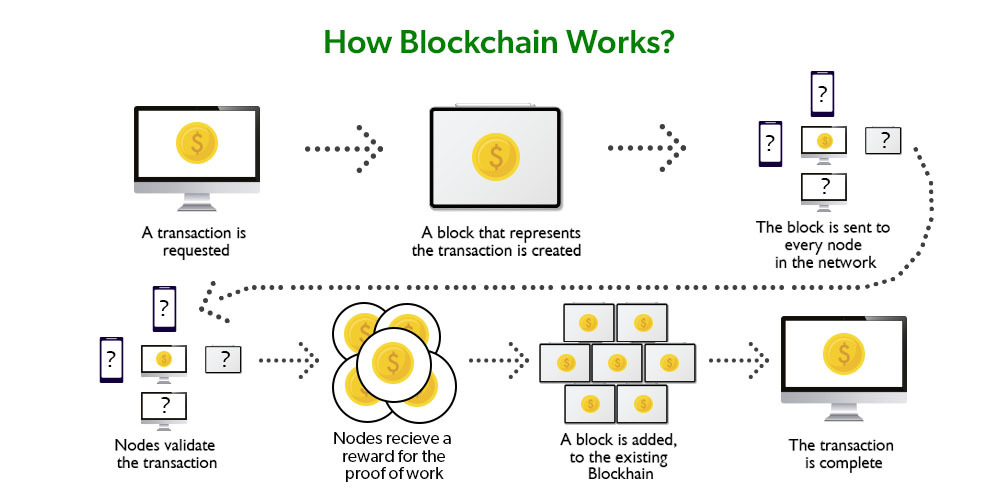
Core Components of a Blockchain System
A blockchain system is built upon several foundational components that ensure data integrity, security, and decentralization. At the core are blocks, each containing a list of transactions, a timestamp, and a cryptographic hash linking it to the previous block. This linkage forms a tamper-resistant chain, where any attempt to alter past data would break the sequence and be immediately detected. Blockchain networks rely on consensus mechanisms such as proof-of-work (PoW), proof-of-stake (PoS), or delegated proof-of-stake (DPoS) to validate transactions and maintain agreement across the distributed ledger. Additional essential elements include nodes that maintain and verify the ledger, and smart contracts that automate processes based on predefined conditions.
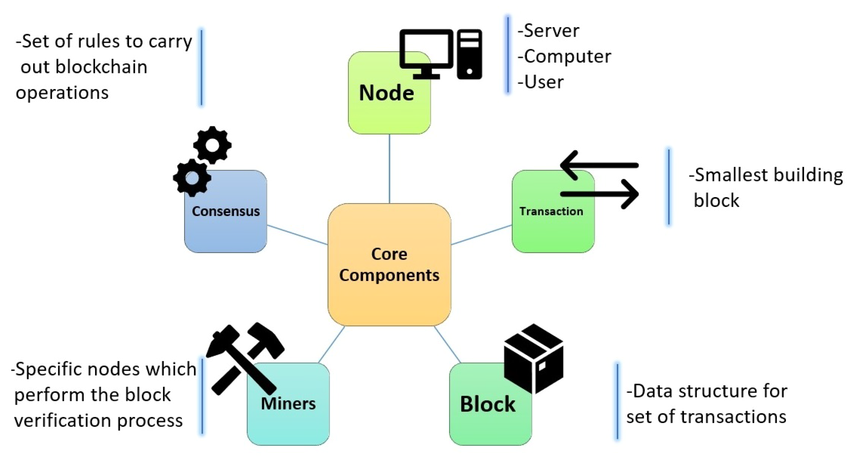
Types of Blockchain: Public, Private, and Consortium
Blockchain networks can be classified into three primary types based on access control and governance structure: public, private, and consortium.
Public blockchains, such as Ethereum and Bitcoin, are open-source and permissionless, allowing anyone to join, participate in consensus, and validate transactions. These networks offer high transparency and decentralization but may face scalability and energy-efficiency challenges.
In contrast, private blockchains are permissioned systems where access is restricted to authorized participants. Typically used within organizations, they provide greater control, faster transaction speeds, and enhanced privacy, though at the cost of decentralization.
Consortium blockchains serve as a middle ground, operated by a group of institutions rather than a single entity. They are commonly adopted in industries like banking, logistics, and government, where shared responsibility and collaborative decision-making are essential.
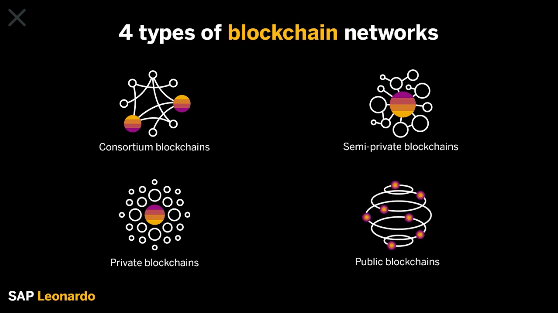
Public vs Private Blockchains
Public blockchains like Bitcoin and Ethereum are open, permissionless networks where anyone can participate, ensuring transparency, decentralization, and community-driven consensus. In contrast, private blockchains restrict access to authorized users, offering greater control, efficiency, privacy, and faster transaction processing ideal for enterprises with regulatory or security concerns. Consortium blockchains serve as a hybrid model, managed by a group of trusted organizations. They combine elements of both public and private systems, enabling collaborative decision-making, shared governance, and secure data exchange across industries such as finance, logistics, and healthcare.
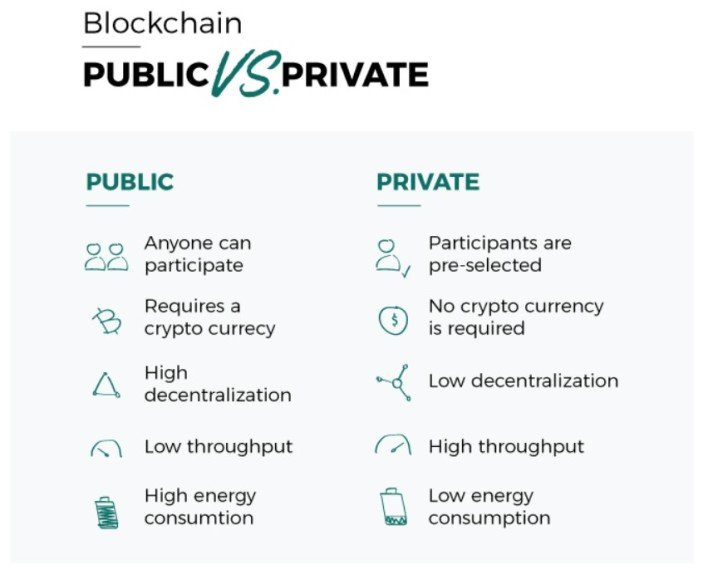
Blockchain in Financial Services
Blockchain technology is transforming the financial sector by offering faster, more secure, and cost-efficient alternatives to traditional systems. Financial institutions are adopting blockchain to streamline complex processes, eliminate intermediaries, and improve auditability. Key applications include cross-border payments, which benefit from near-instant settlement and lower fees; decentralized finance (DeFi) platforms that provide open access to lending and trading services; fraud detection through immutable transaction records; and digital asset management, enabling secure issuance and transfer of tokenized assets. These innovations are reshaping global finance with increased speed, transparency, and accountability.
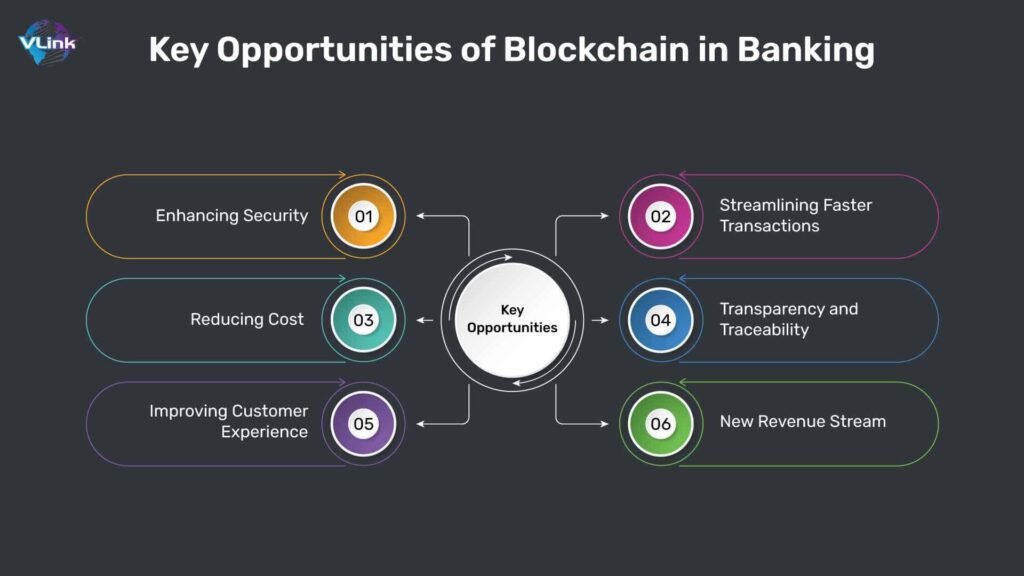
Smart Contracts and Decentralized Applications
Smart contracts are self-executing agreements with the contract terms written directly into code, enabling automatic execution once predefined conditions are met. Deployed on blockchain networks, they eliminate the need for intermediaries, reducing costs and minimizing the risk of fraud or manipulation. These contracts form the backbone of decentralized applications (dApps) software that runs across distributed networks rather than centralized servers. dApps are increasingly used in sectors such as insurance claims processing, supply chain automation, real estate transactions, and digital governance, offering secure, transparent, and efficient alternatives to traditional workflows.
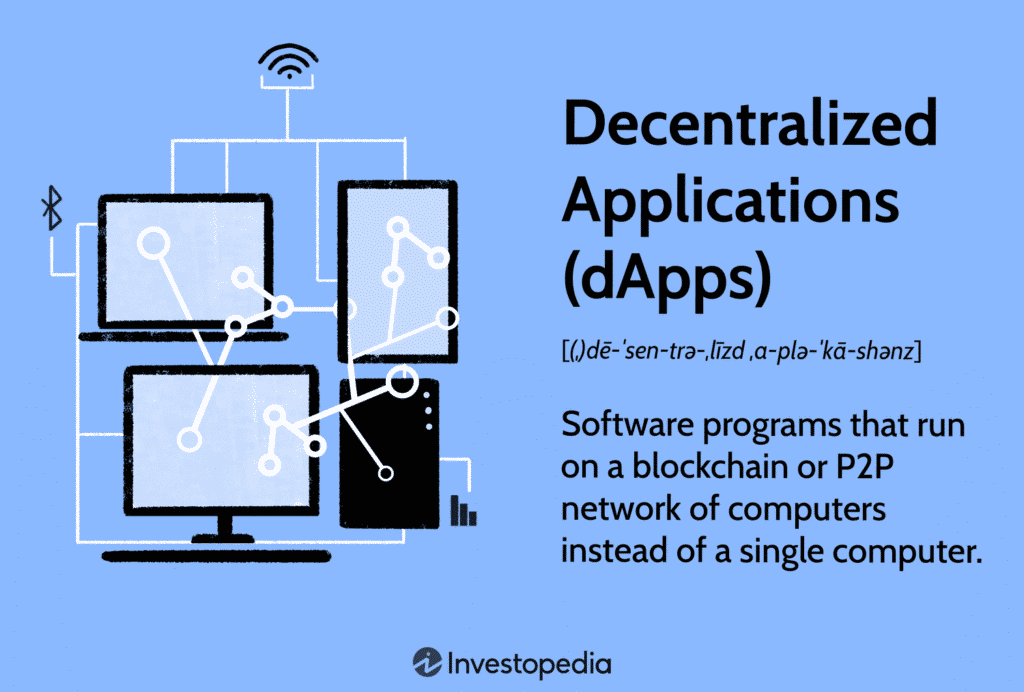
Blockchain and Supply Chain Transparency
Blockchain enhances supply chain operations by providing a secure and tamper-proof digital ledger that records each step in the product journey. This enables end-to-end visibility, real-time tracking, and authenticity verification across multiple stakeholders. By assigning unique digital identities to goods and recording transactions on-chain, companies can trace products from origin to destination. Blockchain is actively used to detect and prevent counterfeit items, ensure food safety compliance, verify ethical sourcing of raw materials, and improve logistics coordination strengthening trust, accountability, and operational efficiency in global supply chains.
Data Security and Blockchain Infrastructure
Blockchain technology is engineered with robust security features that make it highly resistant to unauthorized access and data manipulation. Its core principles encryption, distributed consensus, and immutability ensure that once data is recorded, it cannot be altered without detection. Each transaction is cryptographically secured and verified by multiple nodes across the network, eliminating single points of failure. This architecture makes blockchain ideal for safeguarding sensitive information in sectors such as healthcare, legal documentation, identity management, and intellectual property, where data integrity and confidentiality are critical.
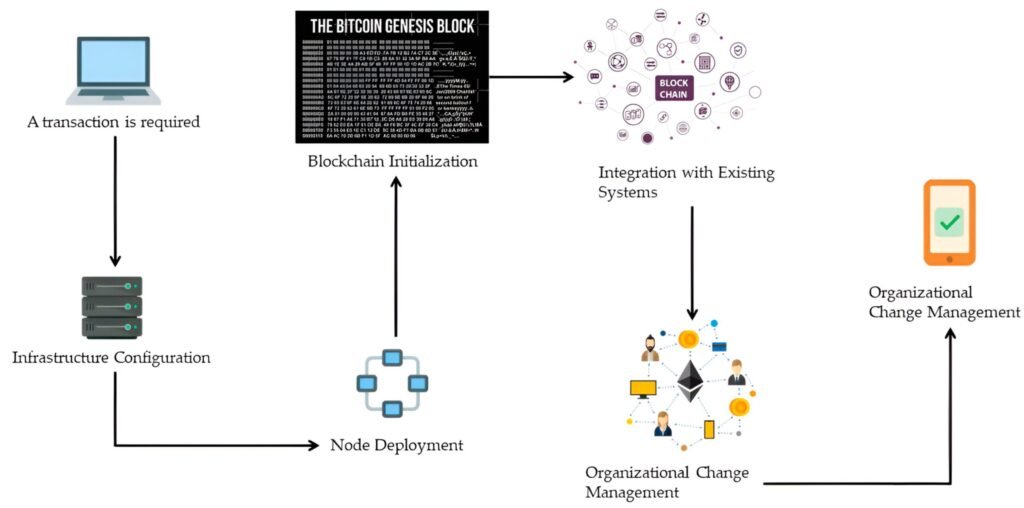
Environmental Impact of Blockchain
The environmental footprint of blockchain technology has become a critical topic, particularly regarding proof-of-work (PoW) systems like Bitcoin, which require significant computational power and energy consumption. These concerns have prompted a global push toward more sustainable blockchain solutions. One of the most prominent alternatives is proof-of-stake (PoS), a consensus mechanism that drastically reduces energy usage by eliminating the need for energy-intensive mining. Additionally, new green blockchain protocols are being developed to prioritize energy efficiency and carbon neutrality. These innovations are essential for aligning blockchain adoption with global environmental and sustainability goals.

Regulatory Developments in Blockchain Governance
Blockchain regulation is evolving rapidly as governments and regulatory bodies seek to balance technological innovation with legal oversight. In most jurisdictions, regulatory frameworks remain in early stages, leading to uncertainty around compliance and enforcement. Key areas of focus include token classification (whether digital assets are treated as securities, commodities, or currencies), consumer protection, tax reporting obligations, and anti-money laundering (AML) measures. As blockchain applications expand into finance, supply chains, and public services, the need for coordinated global standards becomes increasingly urgent to foster innovation while mitigating legal, financial, and operational risks
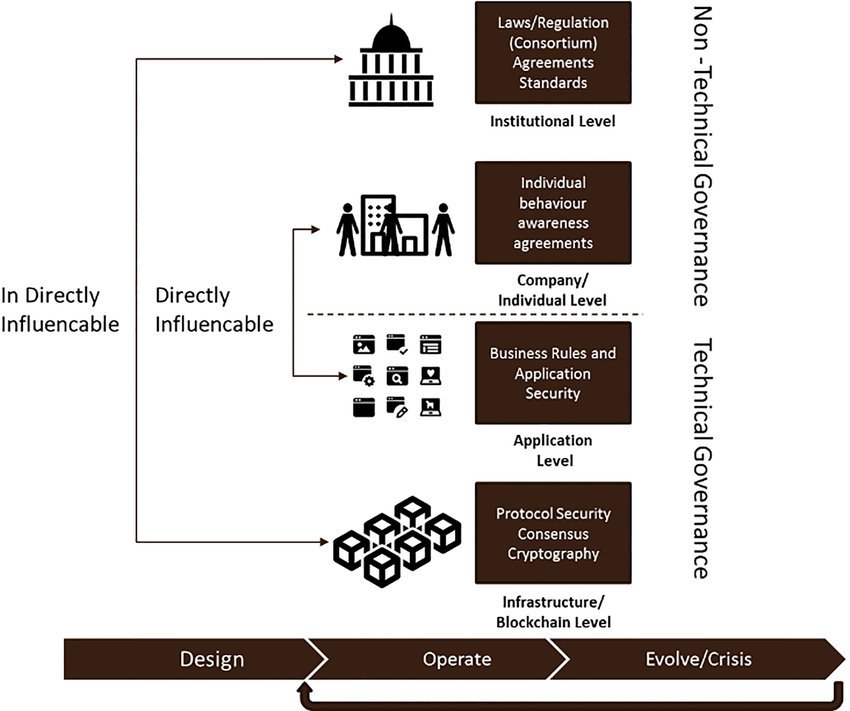
Future Directions in Blockchain Innovation
The next phase of blockchain development focuses on overcoming current limitations and enabling broader adoption across industries. Key areas of innovation include scalability, with solutions like layer-2 protocols enhancing transaction speed and reducing costs; and interoperability, enabling seamless communication between independent blockchain networks. Advanced cryptographic techniques such as zero-knowledge proofs are being deployed to improve privacy and data security without sacrificing transparency. Integration with emerging technologies including artificial intelligence, the Internet of Things, and quantum computing promises to unlock new capabilities, from automated decision-making to ultra-secure data processing. These advancements will shape the foundation of future decentralized systems.
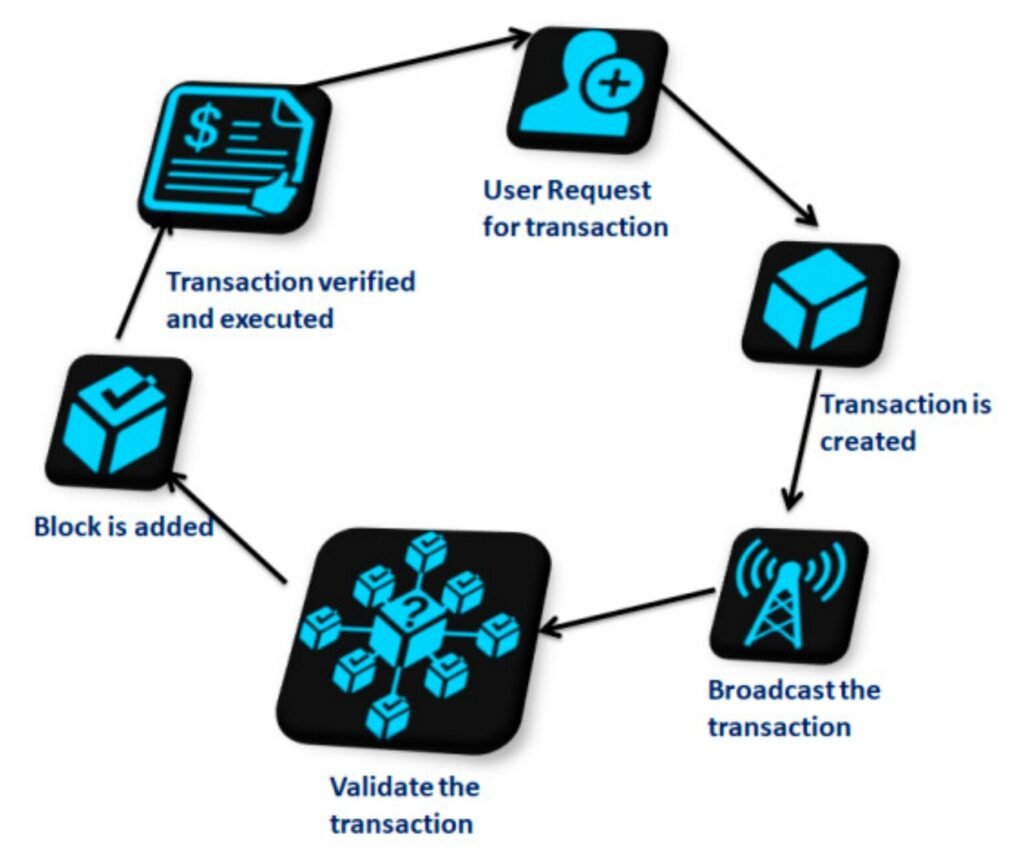
Conclusion
Blockchain is fundamentally transforming how digital systems manage data introducing a model where trust is embedded in code, and transparency is built into the architecture. Its decentralized structure offers not only resilience and security but also the potential to automate complex processes across sectors. As adoption accelerates, the long-term success of blockchain will depend on its ability to scale efficiently, minimize environmental impact, and operate within clear legal and ethical boundaries. With thoughtful governance and continued innovation, blockchain is positioned to become a foundational layer of tomorrow’s digital infrastructure


